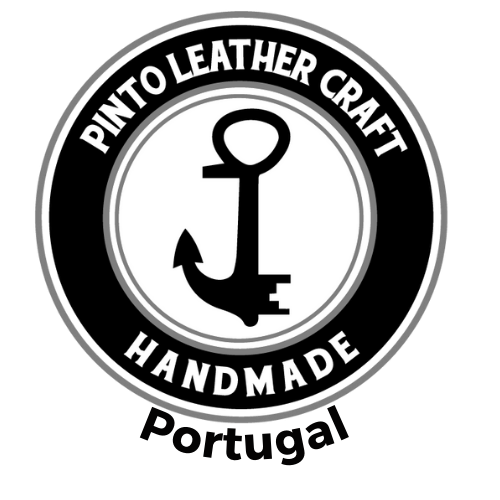Sustainability
Handcrafted Leather and Commitment to the Environment
In a world increasingly focused on environmental awareness, the question arises about the role of artisanal leather in this context. While it is widely known that leather is derived from animals, it is important to highlight that artisanal leather, produced from local and family-owned suppliers, is aligned with sustainable practices.
Firstly, it is essential to understand that artisanal leather uses skins as a by-product of the meat industry, ensuring that every part of the animal is used, minimizing waste. This practice not only contributes to the local economy, but also to reducing environmental impact.
Handcrafted leather is valued for its durability and superior quality. A well-cared for leather accessory can last decades, far exceeding the lifespan of synthetic or low-quality products. This durability means less consumption and waste, promoting a more sustainable and conscious lifestyle.
Contrary to popular belief, synthetic alternatives to leather are not always the most sustainable option. Petroleum-based materials, such as vegan leather, still have a significant impact on the environment during their production and use until end of life. Choosing handcrafted leather not only supports local communities, but also promotes more environmentally friendly production practices.
Artisanal leather traditionally uses more natural tanning methods, such as vegetable tanning, which replaces harmful chemicals with natural tannins, which come from tree and plant bark. This ancient process not only produces high-quality leather, but also reduces environmental impact compared to industrial tanning methods.
As we move towards a more sustainable future, it is important to recognize the value of artisanal leather and its role in promoting responsible consumption practices. By investing in handcrafted leather products, we are not only purchasing quality items, but also contributing to a more sustainable and conscious world.
